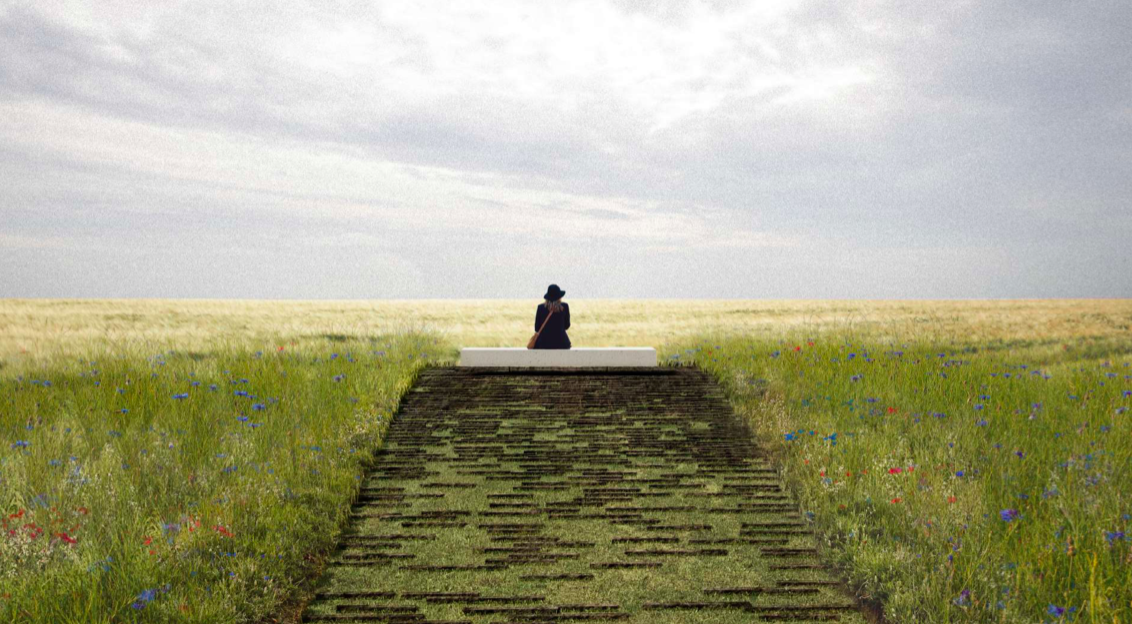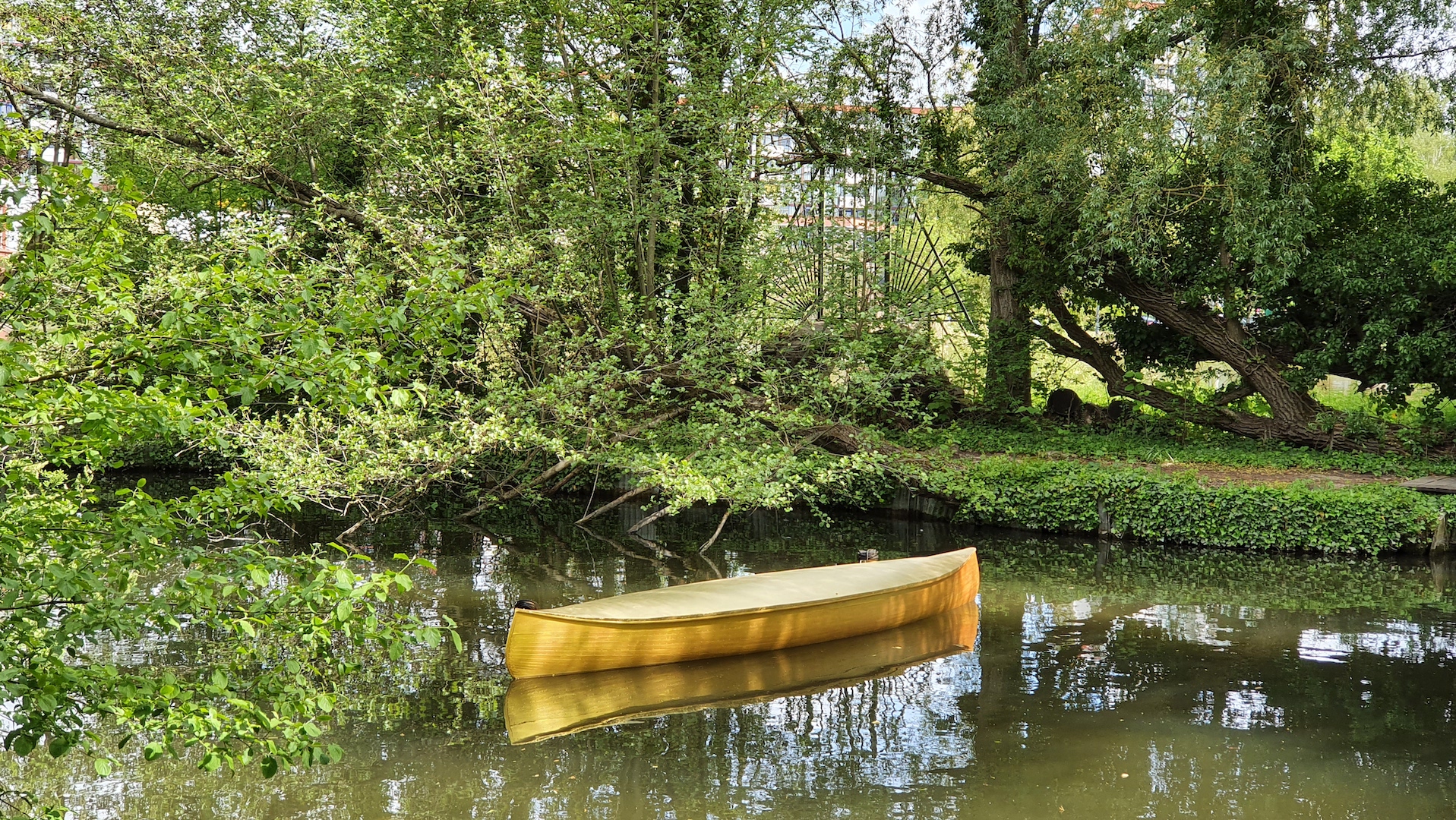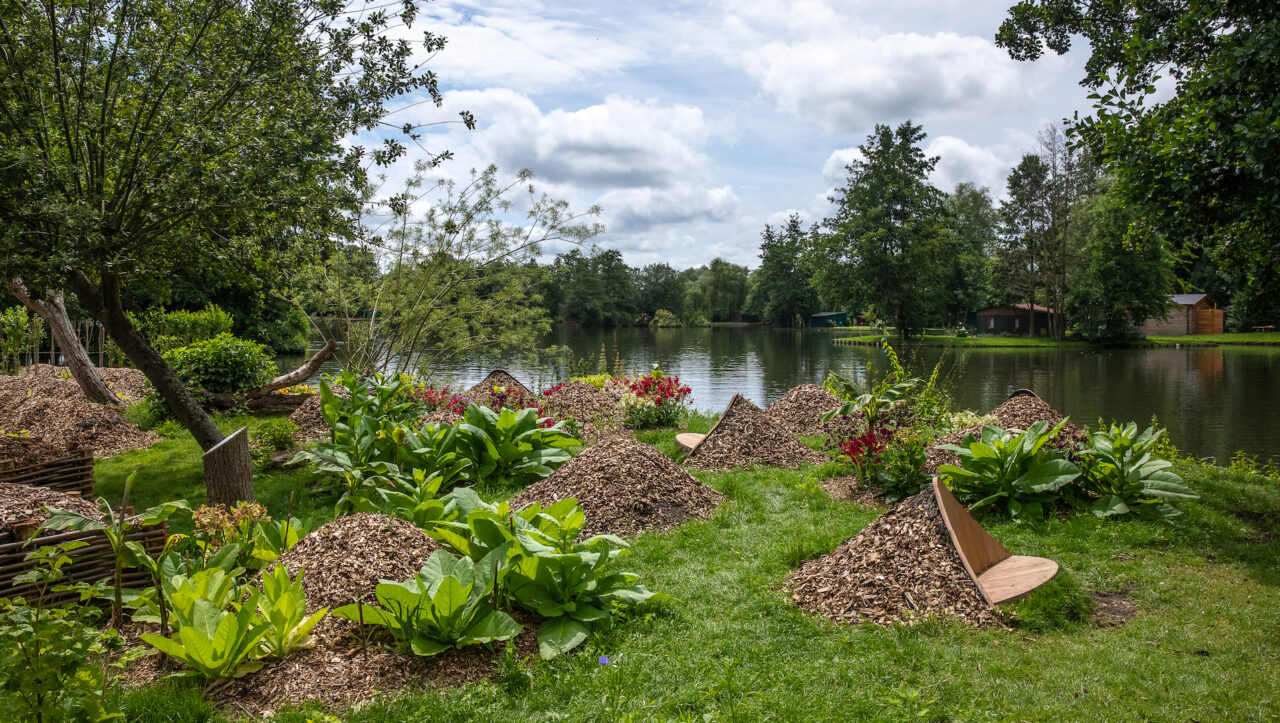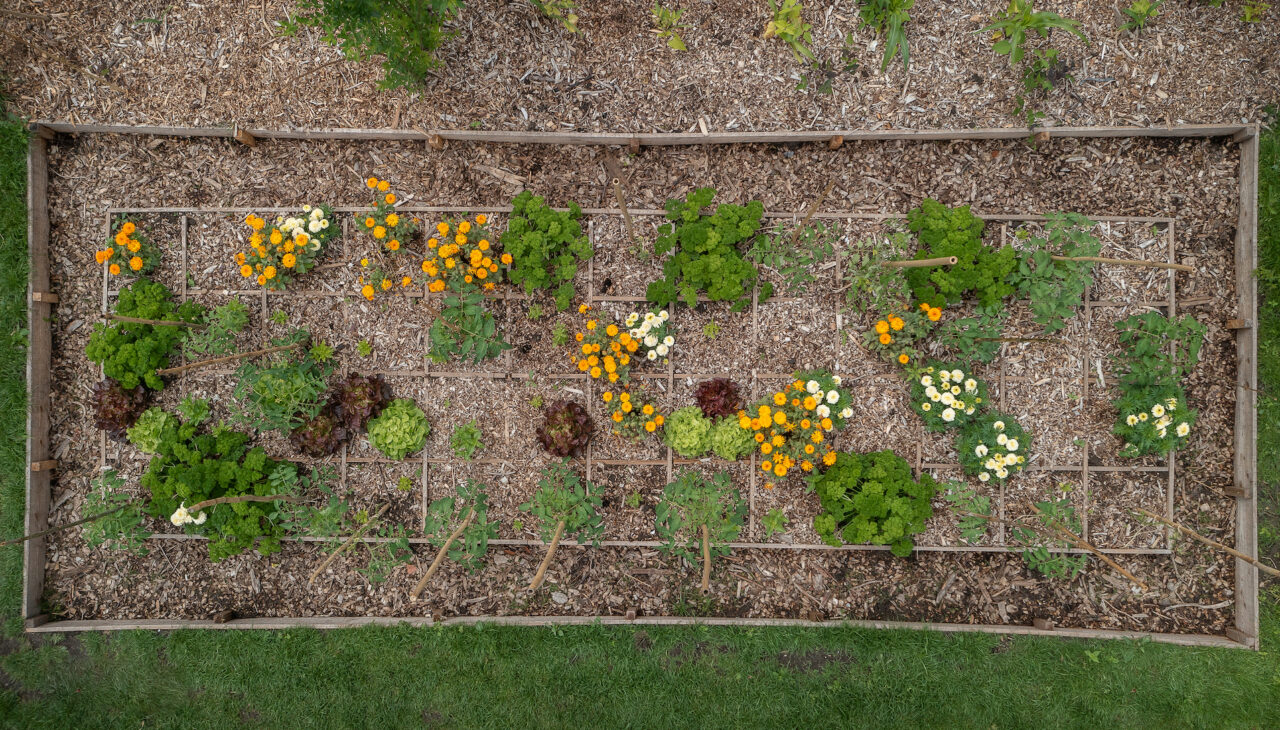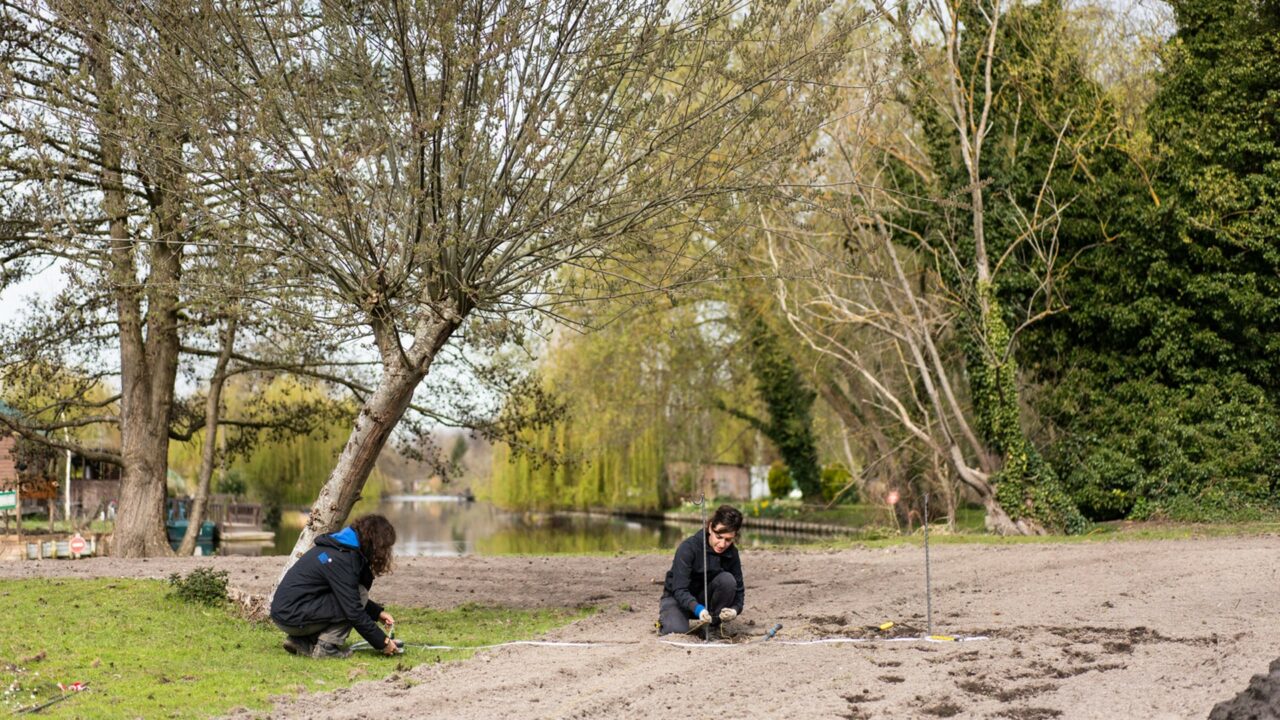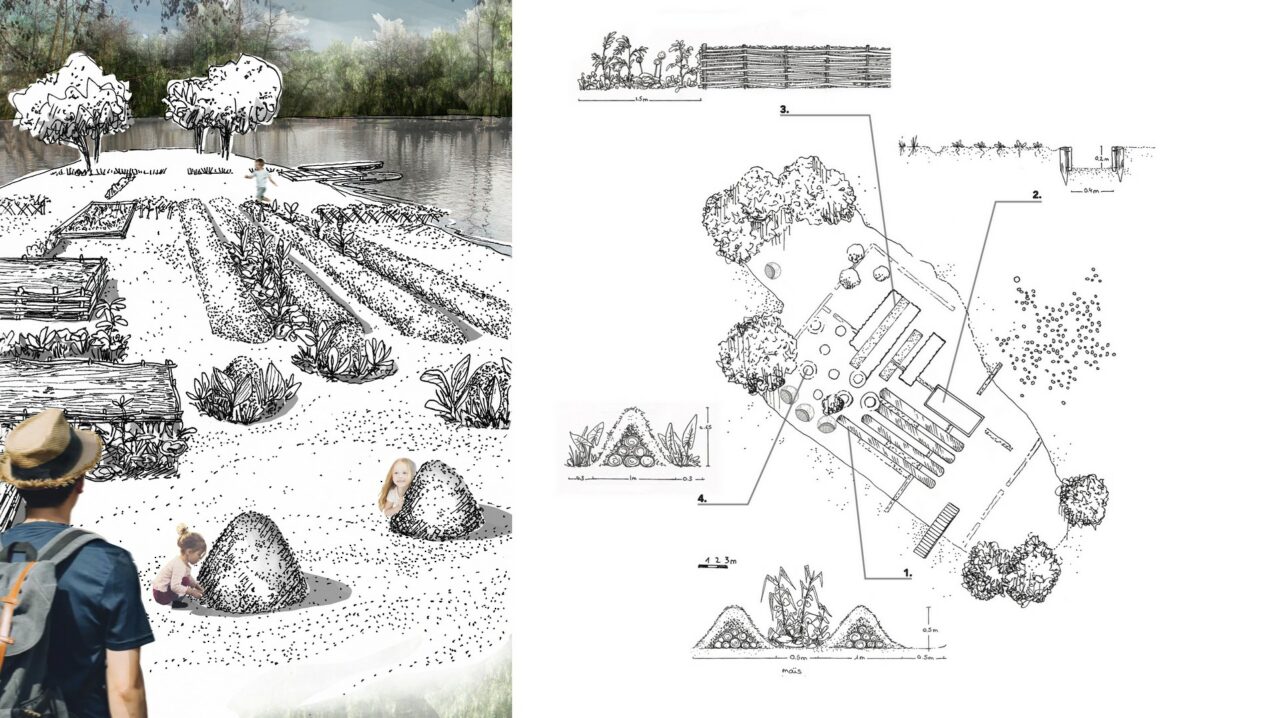The garden is a story of traditional agriculture in a humid environment all over the world. It is a tribute to these unique and highly ingenious agricultures, which have learned over time to deal with the fluctuations of water.
Water is a natural sculptor, it creates a landscape of contours, it designs a labyrinth. It allows the irrigation and drainage of plots cultivated in wetlands. The scenography imposed by the course of the water over the fragmented land becomes the structure of the garden. The abundance of water offers incredible biodiversity that gives the marshes a rare beauty and creates a particularly fertile land. But «if water is the working tool of the market gardeners, excess water is their permanent fear» stated Éric Mollard and Annie Walter. To prevent a flood, the market gardener literally «raises» the land to cultivate his plot.
Raise the earth sets out to discover these raised areas of earth in the landscape. The journey leads to five compositions, five fragments of traditional agricultural heritage. South American camellones are shaped by cultivation beds that remind us of a «corrugated iron» silhouette. Corn, beans and squash are grown there, the virtuous association of which – in the garden or on the plate – gives them the name of the «three sisters».
In the chinampas of Mexico, the nurseries are set up in boxes that contain fertile mud in which a wide variety of plants are grown, including tomatoes.
Thai Hortillonnages are composed of long and narrow raised beds of crops. They are very productive, and flowers, vegetables, aromatics and fruit plants are all grown together. As for the mounds of Dugum Dani in Oceania, they allow the cultivation of tubers such as yams or taros. Four gardens can be seen along the walk.
The fifth space is dedicated to the Hortillonnages of Amiens a recursive image that opens onto the surrounding landscape.
Across the world, cultivation techniques create a collection of shapes: ridge, mound, raised plank, platform, long strip of earth, cavaillon, ditch, furrow… Traditionally, they meet the needs of plants. With this garden, the vegetation sublimates the curvature of the earth which is magnified here.
Raise the earth is an invitation to reflect on the earth as a heritage to be cherished and as a nourishing substrate.
The artist
Livia Kolb & Virginie Alexe


